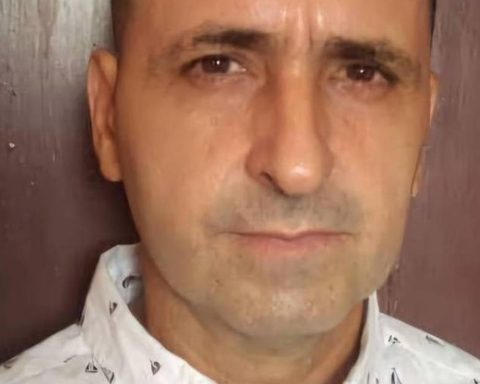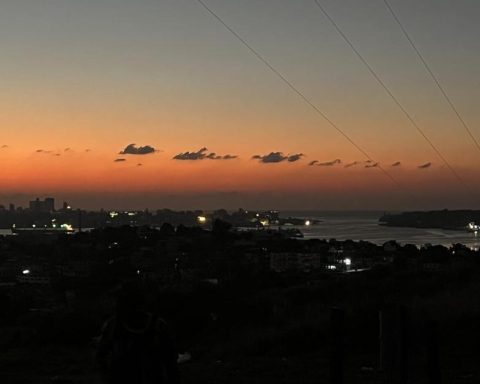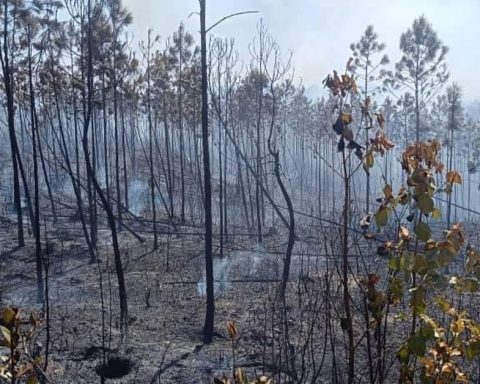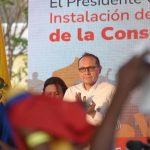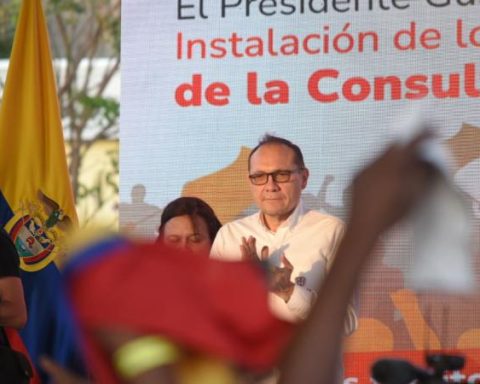487 ago the ‘Carita de Dios’ was founded. History is made daily by its people and its magical places. Long live Quito!
“Me Quito it has a big sun. / And the starry nights “, nothing more true than the beginning of the song ‘Romántico Quito Mío’, to describe the capital of Ecuadorians that today celebrates 487 years of foundation.
From THE TIME we thank Quito and those who make up the city for allowing us to be part of its history, because the city is built by everyone: from who is in charge of cleaning the Big square even who is sitting in a classroom. And those magical corners that embellish the landscape are not far behind.
Or can you imagine Quito without the Carondelet Palace, the Half of the world, the foam, the sweet peanut and the church of San Francisco? Before taking a tour of these magical places, you have wondered where the word comes from Quito and why it is known as the ‘Carita de Dios’.

The historian Alfonso Ortiz explains that “there is no certainty of the meaning of Quito.” But, one of the versions is that it bears that name because it is the place where the sun falls straight, that is, it refers to the Equinox.
As for ‘Face of god‘, Ortiz says that it emerged in the 20th century as a qualifier for its beauty.
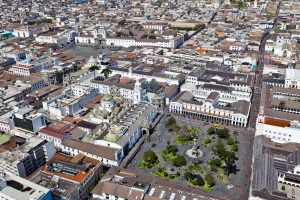
Majesty at every step
On September 8, 1978, Quito was the first city on the continent to be declared Cultural heritage of Humanity by UNESCO. It has 40 churches, 16 convents and 5,000 heritage buildings.
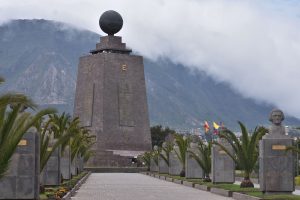
Center of the world
It is not only a monument, but also a city that has brought the name of the country to the world. The Half of the world began with a 10-meter-high construction in 1936, to commemorate 200 years since the arrival of the first French Geodesic Mission which took place between 1736 and 1744. For 1981 and the Middle of the World City.
In the monument, 30 meters high, a straight line was drawn in the center, facing east, to mark the equatorial line that divides the world in two. Without this work and the mini-city, Ecuador would not be known as the point that divides the planet into two hemispheres: north and south.
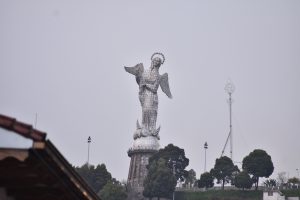
The Virgin of the altitude
In total, 7,400 pieces make up the largest representation of aluminum in the world: the virgin of The bun. This sculpture, created in 1975 by the Spanish Agustín de la Herrán Matorras, It was based on the Virgin of Legarda, an eighteenth-century work by Bernardo de Legarda. Its 41 meters high allow the Virgin to mark a point in the middle of the city where the majesty of its construction can be appreciated.
If the ‘Face of God’ did not have this image, the hill of The bun It would not be the setting that houses one of the tallest images in the world.
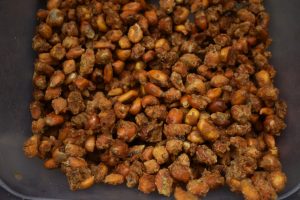
Sweet with Quito flavor
A smell of honey flows from the pan, where the ‘magic’ begins to take shape. And it is that, is not magical the sweet crunch that causes the dog poop when biting it?
Chef Esteban Tapia traces his origin to the convents of the Colonial Quito, result of experiments with corn. Today, from the center, where centenary establishments offer it, to the Quito rural, where Marcia Varela, 65, remembers that her mother prepared her some weekends; This dessert is part of the history of the capital.
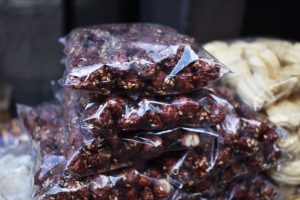
As if it were from Quito
Who has not bought a bag of caramelised – sweet peanuts – on a bus heading home? If you haven’t, you’ve at least heard his “just 25-cent” offer amid the hubbub.
This sweet, which is sometimes accompanied with sesame, does not originate in Quito; some place it in Argentina or Uruguay, derived from processes of concoction imported into the colony.
Despite this, its presence so close to the people of Quito has made it a traditional delight in the city.
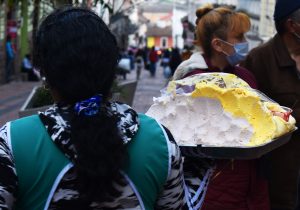
Spumillaaa!
They prepare it with their hands or the mixer. The important thing is to balance the flavor of the guava and the sugar. Do you know what sweet we are talking about? Yes, it’s about the foam, a traditional Quito delicacy.
It is prepared with the pulp of a fruit, eggs and sugar. The secret – say the traditional vendors in the center of Quito – is to mix the ingredients with their hands and whoever begins with the task must finish it. At the first bite you will surely transport yourself back to your childhood. So a Quito without its foam is unimaginable.
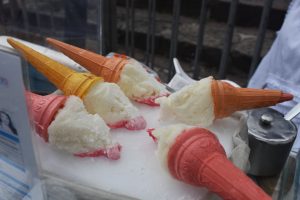
Secrets of paila ice cream
If you walk by Quito Surely you will know that it can be cold, but also hot and what better way to spend it with a delicious paila ice cream. The secret of its flavor and consistency is in its preparation.
The bronze pan it is placed on ice, salt in grain and straw. The pan is rotated until the ice and salt are compacted, when this happens, the fruit juice is placed and it is immediately compacted. Another secret is to beat everything with a wooden spoon.
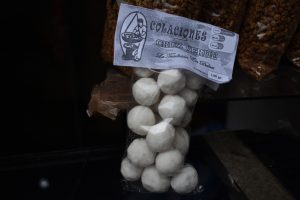
The tradition of snacks
On the streets Bolívar and Chimborazo, in the heart of downtown Quito, the business of Luis Balda It is over 100 years old and is the last to sell the famous snacks: traditional spherical-shaped sweets, white in color and filled with peanuts or almonds, whose main ingredients are sugar, water and lemon. Without these goodies, their history and their work, the ‘Face of God’ it would lose its gastronomic identity, the centennial effort of Quito’s generations and the delight of delicious flavors available to all budgets.
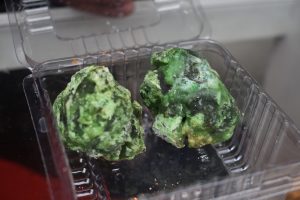
Intense fig flavor
Green as a Christmas bulb, the candied figs they adorn the showcases of Quito stores. If you take a walk through the streets of Historical Center, you will clearly identify these treats by their intense tone, which is obvious.
At the first bite, you can taste the sweetness of the fruit and feel the sugar melt in your mouth. The people who still prepare them mention that it is difficult to imagine Quito without these jams, symbols of the variety of colors that the city and its people have.
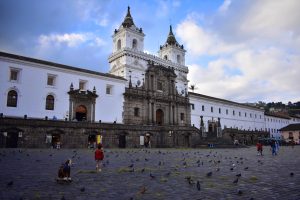
The roots of San Francisco
Before being one of the main churches in the city, San Francisco It was the religious and ceremonial center of indigenous cultures prior to the arrival of the Spanish. Without the square, the temple, the two chapels, the garden and the catacombs – built for 150 years (1534-1680) – Quito it would not have one of its architectural references. The 8 hectare complex is a tourist magnet; one of the largest religious infrastructures in America and the cradle of legends such as that of Cantuña.
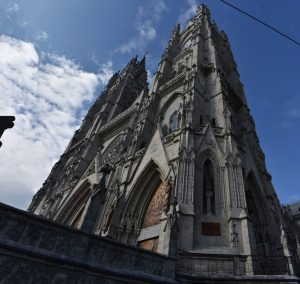
Neo-Gothic art in the Basilica
In every corner of the Basilica cultural syncretism is embodied, the miscegenation of the city and the country. Catholic symbols embrace indigenous representations. Without this church, considered the largest neo-gothic temple of America, the capital would not have one of its main visiting points for tourists and neither would it have the greatest monument to national unity and diversity. Being the tallest church in Latin america, the climb up the 115 meters of its towers is an unbeatable experience.

